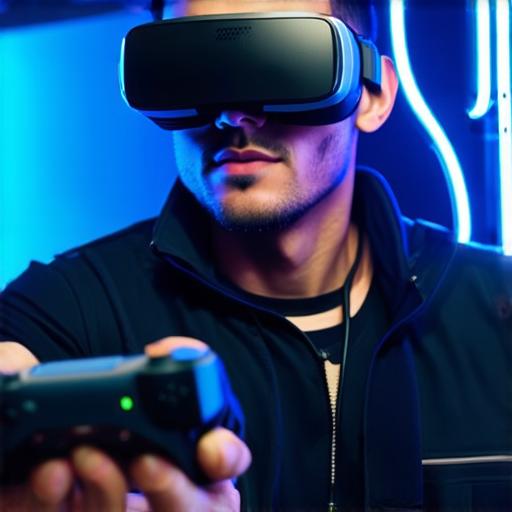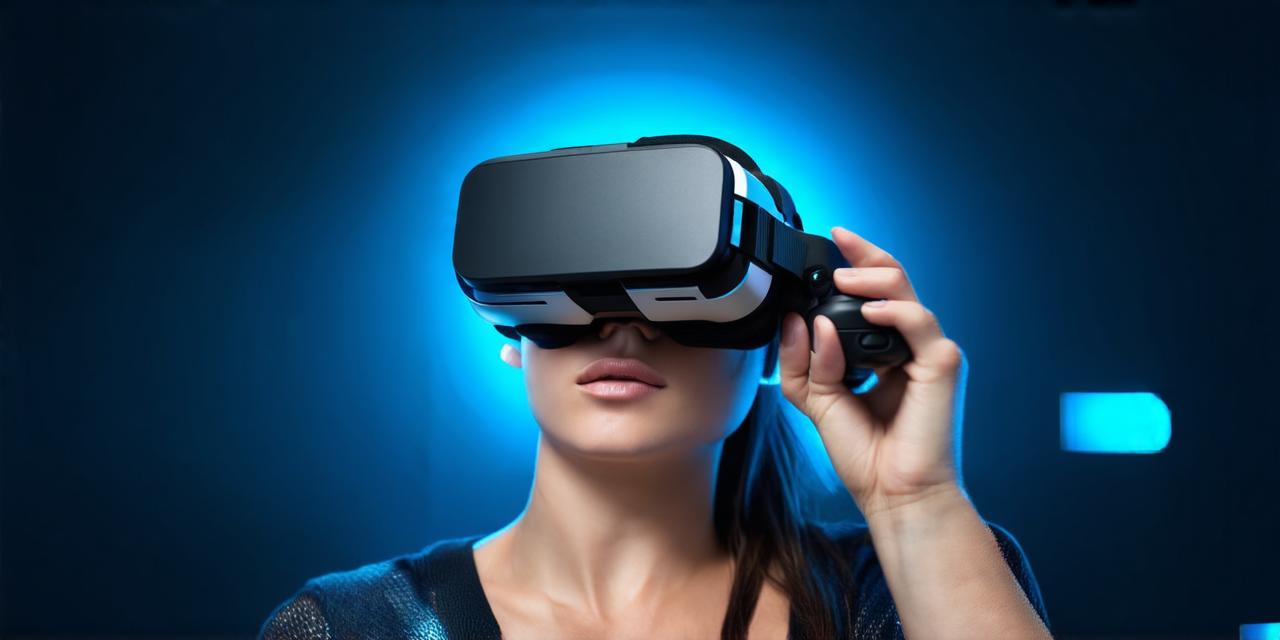Types of Virtual Reality Headsets
A virtual reality (VR) headset is a device worn on the head that immerses the user in a simulated environment. It is used for gaming, education, training, and other applications where a realistic and interactive experience is required.
There are three main types of virtual reality headsets:
- Standalone VR headsets – These headsets do not require any external devices or computers to function. They have their own built-in displays, sensors, and processors, making them easy to set up and use. Examples include the Oculus Quest 2 and HTC Vive Pro Eye.
- PC-powered VR headsets – These headsets require a computer with a powerful graphics card to render the virtual environment. They are more powerful and feature higher resolution displays than standalone headsets. Examples include the HTC Vive and Oculus Rift.
- Mobile VR headsets – These headsets can be used with smartphones or tablets, allowing users to experience virtual reality on the go. They are less powerful than standalone and PC-powered headsets but are more affordable and portable. Examples include the Samsung Gear VR and Google Daydream.
How Virtual Reality Headsets Work
Virtual reality headsets use a combination of sensors, displays, and tracking technology to create an immersive experience for the user. The most common type of sensor used in VR headsets is the gyroscope, which measures the user’s head movements and adjusts the virtual environment accordingly. Other sensors include accelerometers, magnetometers, and depth cameras, which help the headset track the user’s position and movement within the virtual world.
Benefits of Virtual Reality Headsets
Virtual reality headsets offer a range of benefits for users, including:
- Immersive experience – VR headsets provide a fully immersive experience that can transport the user into a simulated environment. This can be particularly useful for gaming, where users can feel like they are truly a part of the game world.
- Training and education – Virtual reality headsets can be used to create realistic simulations for training and education purposes. For example, medical students can use VR to practice surgeries, while pilots can simulate flights in a safe environment.
- Enhanced productivity – Virtual reality headsets can be used to create more engaging and interactive work environments, which can improve productivity and creativity.
- Entertainment – Virtual reality headsets provide an exciting new form of entertainment that can be used for gaming, movies, and other applications.

Conclusion
Virtual reality headsets are a powerful tool that can be used for a wide range of applications. They offer an immersive experience that can transport users into simulated environments, making them ideal for gaming, training, education, and entertainment. With advancements in technology, virtual reality headsets are becoming more affordable and accessible, making it possible for anyone to experience the benefits of virtual reality.



